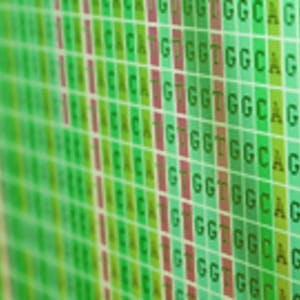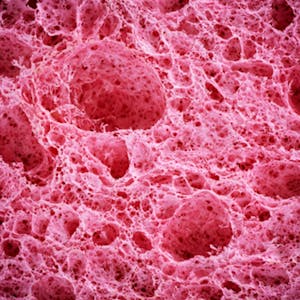Plant Bioinformatic Methods
About this Specialization
The past 15 years have been exciting ones in plant biology. Hundreds of plant genomes have been sequenced, RNA-seq has enabled transcriptome-wide expression profiling, and a proliferation of \"-seq\"-based methods has permitted protein-protein and protein-DNA interactions to be determined cheaply and in a high-throughput manner. These data sets in turn allow us to generate hypotheses at the click of a mouse or tap of a finger.The Plant Bioinformatics Specialization on Coursera introduces core bioinformatic competencies and resources, such as NCBI\'s Genbank, Blast, multiple sequence alignments, phylogenetics in Bioinformatic Methods I, followed by protein-protein interaction, structural bioinformatics and RNA-seq analysis in Bioinformatic Methods II. In Plant Bioinformatics we cover 33 plant-specific online tools from genome browsers to transcriptomic data mining to promoter/network analyses and others. Last, a Plant Bioinformatics Capstone uses these tools to hypothesize a biological role for a gene of unknown function, summarized in a written lab report.This specialization is useful to any modern plant molecular biologist wanting to get a feeling for the incredible scope of data available to researchers. A small amount of R programming is introduced in Bioinformatic Methods II, but most of the tools are web applications. It is recommended that you have access to a laptop or desktop computer for running these as they may not work as mobile applications on your phone or tablet.Created by: University of Toronto

Related Online Courses
In this anatomy course, part of the Anatomy Specialization, you will explore the interactive relationships of the cardiovascular, respiratory and urinary systems, and the roles they play in your... more
This program is for those who want to enhance their predictive and statistical modeling skills to drive data-informed business outcomes. If modeling data for business outcomes is relevant in your... more
In this course, we will present atomic bonding and its relation to crystal structure and physical properties. A particular focus will be on the different types of cubic structures. There will be an... more
The figure of the Energy Manager (EM), introduced in the United States in the early 1970s, during the first oil crisis, brought to light the need to get more work out of less energy. In Italy, this... more
This is a self-paced lab that takes place in the Google Cloud console. In this lab you will build a time series model to forcast demand of multiple products using BigQuery ML. This lab is based on... more








